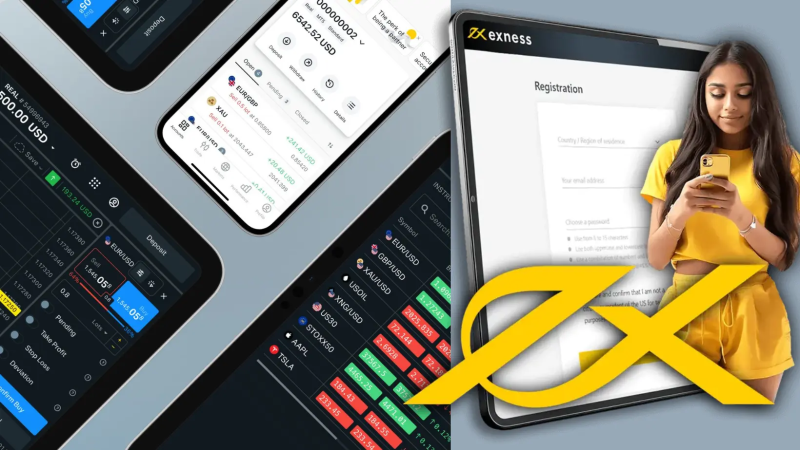Exness Scalping Strategy Maximizing Your Trading Potential

Exness Scalping Strategy: A Comprehensive Guide
Scalping is a trading strategy favored by many day traders and return-seeking investors, particularly in the volatile landscape of Forex trading. The Exness Scalping Strategy https://15congreso.alatinoamericana-naf.com/2025/02/25/advantages-and-disadvantages-of-exness-requirement-3/ offers a structured approach to executing this rapid trading style effectively. In this article, we will explore the ins and outs of scalping, how to execute this strategy on the Exness platform, and the essential factors to consider for successful trades.
What is Scalping?
Scalping is a trading style that involves making numerous trades over short periods, typically within seconds or minutes. The primary goal of a scalper is to exploit small price movements in highly liquid currency pairs. Scalping requires a rigorous approach, as traders need to make quick decisions based on technical analysis and market conditions.
Why Choose Exness for Scalping?
Exness is a popular trading platform known for its favorable conditions for scalping. Some of the reasons traders choose Exness for scalping include:
- Low Spreads: Exness offers competitive spreads which are crucial for scalpers looking to maximize their profits from tiny price movements.
- High Liquidity: The platform provides access to a wide range of currency pairs, ensuring that orders can be executed swiftly without significant price slippage.
- Advanced Trading Tools: Exness offers a suite of trading tools and advanced analysis features, allowing traders to formulate strategies effectively.
Key Principles of the Exness Scalping Strategy

To harness the potential of scalping on Exness, consider the following key principles:
1. Choose the Right Currency Pairs
Focus on major currency pairs that have high liquidity and low spreads, like EUR/USD, USD/JPY, and GBP/USD. These pairs tend to have tighter spreads and more predictable movement.
2. Use Technical Analysis
Scalping relies heavily on technical analysis. Utilize charting tools to identify trends and potential entry and exit points. Indicators such as moving averages, RSI, and Bollinger Bands can help in determining market direction.
3. Time Your Trades

Scalpers typically trade during peak market hours when liquidity is at its highest. Understand the Forex market sessions (Asian, European, and American) and time your trading during periods of increased volatility.
4. Set Realistic Profit Targets
Since scalping aims to profit from small price movements, it’s essential to set realistic targets. Aiming for 5-10 pips per trade is often a sound strategy, enabling quick execution without getting greedy.
5. Implement Strict Risk Management
Effective risk management is crucial in scalping. Make use of stop-loss orders to protect against excessive losses and set a risk-to-reward ratio that fits your trading style. Never risk more than you can afford to lose.
Practical Tips for Successful Scalping on Exness
Beyond the fundamental principles, here are some practical tips to improve your scalping strategy on Exness:
- Test Your Strategy: Before trading with real money, practice your strategy on a demo account. This allows you to gain experience and confidence without financial risk.
- Stay Informed: Keep an eye on economic news and events that may impact the currency market. Use a calendar for economic events to anticipate market movements.
- Maintain Discipline: Stick to your trading plan and avoid emotional decision-making. Consistency is key to becoming a successful scalper.
- Monitor Your Trades: Since scalping involves quick trades, constantly monitor positions. Use tools provided by Exness to keep track of your trades efficiently.
Conclusion
The Exness Scalping Strategy presents a viable path for traders looking to capitalize on quick price movements in the Forex market. By applying the principles outlined above and using the features available on the Exness platform, traders can create a disciplined, efficient trading strategy tailored to their risk tolerance and trading goals. As with all trading strategies, continuous learning and adaptation to market conditions are essential to maintain an edge in an ever-changing market.






















